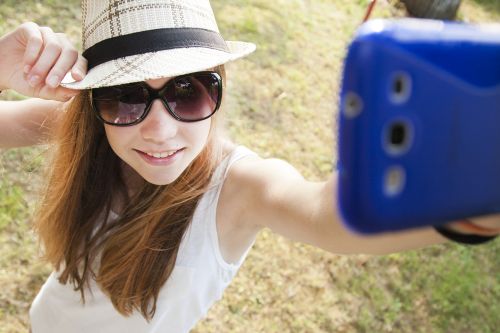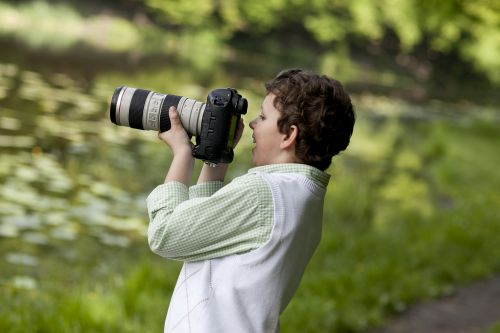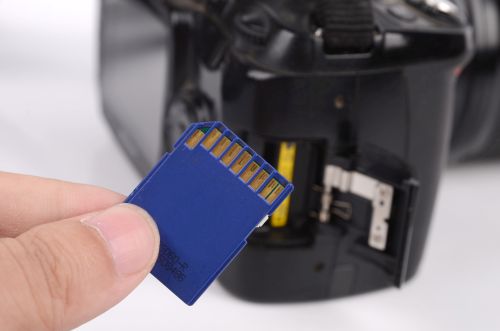If you take an interest in photography in the modern age, you most likely start off with the camera built into your phone. And the good news is, with advancing technology combined with inventive software, it is possible to take some very striking and often amazing photos with just a smartphone and a good, creative eye.

If your interest in photography continues to grow, however, chances are you will eventually see the limitations of your smartphone and want to upgrade to a digital single-lens reflex (DSLR) camera, the basic camera design that non-professionals tend to gravitate towards because it combines power and flexibility with a relatively low price-point and simple operation.
When initially shopping for DSLR cameras, however, even this entry-level camera can seem incredibly complex. Here’s what to look for.
The Starting Point for Non-Professional Cameras: Price
DSLR cameras vary widely in price, from about $100 at the low end up to thousands of dollars for higher-end models. Obviously for a newcomer you’ll want to stick to the lower end of that range, but avoid the rock-bottom. Any DSLR under $300 is probably not worth your time if you’re at all serious about photography, even at an amateur level.
The Next Consideration: Weight

Most newcomers to the photography game aren’t used to holding a camera up to their face for long periods of time. Even a relatively light camera can become very fatiguing to hold after a short while, so balance price against the weight of the camera. Generally speaking, the lighter cameras cost a bit more, but getting the lightest one possible is more important in the beginning than features.
Final Thing to Think About: Help
DSLR cameras are a lot more complex than the camera in your smartphone or point-and-shoot models. A true entry-level DSLR will sport some pretty advanced features and power, but will combine that with robust, easy-to-follow guides and help systems that will walk the amateur through some of the more advanced features that experienced photographers take for granted. It’s not going too far to say that having a good help guide system in the camera is more important than the actual features that the camera offers, at least in the early stages. By the time your newbie photographer no longer needs the help guides, chances are they’ll be ready for a new camera anyway.

As your photographer learns the ropes they will form their own technical requirements and minimum specs for their next camera. For the entry-level DSLR they should concentrate on other things, to ensure they use the camera (a heavy camera won’t get used) and have an opportunity to learn by doing (making the help guides essential). The more complicated aspects of cameras can be dealt with in future purchases.
And if your newbie photographer takes some stunning photos with their new camera, be sure to click here and we’ll turn those photos into vibrant canvas prints for the wall – which will serve to inspire them to even greater artistic heights next time!

